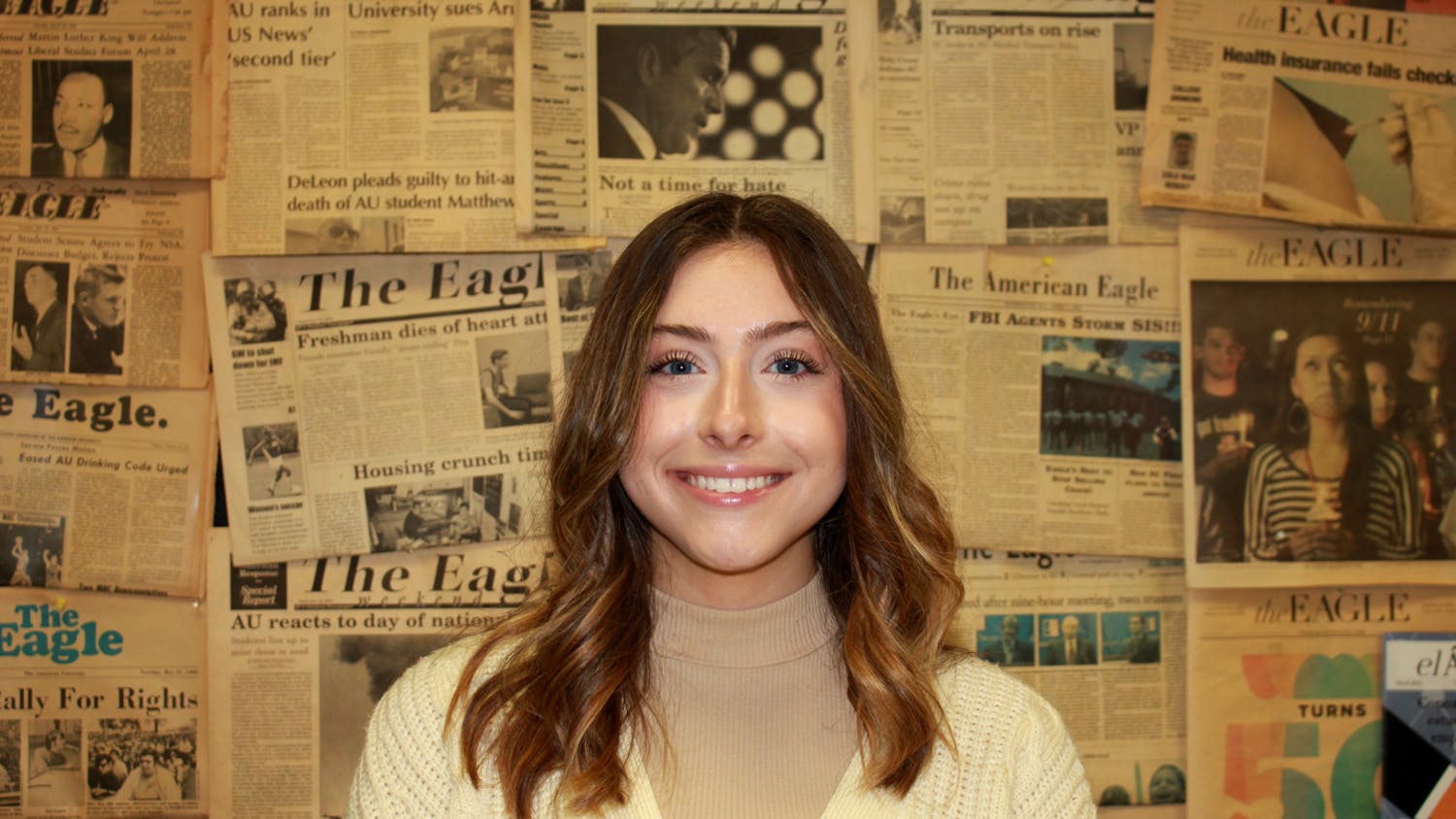To continue with this column’s mission of being transparent with our readers and shedding some light on how The Eagle functions, I’d like to shed some light on how we determine what our publication covers.
Truth be told, there isn’t an exact formula to determine what is newsworthy and what isn’t.
However, there are some key considerations we take into mind when discussing how best to proceed when covering a story. To be newsworthy is more than just to have shock value or to track quickly on social media. First and foremost, the story should relate to our audience of the American University community. This can include things both on and off-campus, as local events in the D.C. community are still impactful to the campus community. Additionally, the story should be timely. Reporting on an event that happened months or weeks ago does little good as the event is no longer relevant. When deciding what stories to cover, we consider timeliness, proximity, conflict and controversy, human interest and relevance, among other factors. Figuring out how the story relates to our primary audience of the AU community will always be central to our mission.
When reaching out to sources for stories, we understand that the value of the source and the story they tell is often much greater than just to add to our reporting. As I wrote a few weeks ago, we are committed to minimizing harm in our reporting process.
When reporting, we aim to put information in a broader context because we know that news is very rarely born the second it hits our inboxes, Twitter feeds or ears. While it is nice to be the first person to report the news, it’s more important to be right. That is also why you might see a note on the top of some stories that the story has been updated as more information becomes available. And when we get it wrong, we immediately issue a correction. Our pursuit of accuracy and transparency takes precedence over any sense of self-importance.
We’ll make every effort to expose our readers to a variety of relevant perspectives for each story, and be careful to avoid false balance. False balance refers to the efforts by journalists in their quest to be fair to give equal consideration to both sides of the debate, even when factual, credible, evidence is stacked heavily on one side. We also understand that stories can be more than two-sided.
That being said, our coverage is not a place for simply regurgitating AU’s public relations initiatives or content that serves only to promote the University’s interests. While some of the University’s initiatives may be newsworthy, we try to avoid simply rewriting AU’s press releases and thinking critically about the value of the information.
Most important of all, we will always maintain editorial independence from the University and focus on stories and information that are relevant to our audience. As journalists, we always make sure that we are doing our own fact-gathering, and also appreciate the efforts of all of our sources — be it fellow students or University administrators — to help make sure our stories are accurate. As journalists, we look for truth, seeking it wherever it is most likely to be found, even when the University will look to keep things favorable to them.
Additionally, as student journalists, there is unavoidable proximity to the issues we cover. In my opinion, this makes our reporting stronger. Some conflicts of interest are avoidable, such as not having a reporter who is in Greek life be the person who is covering Greek life. But being part of our community helps us determine what stories are newsworthy, something shared by professional journalists and student journalists alike.
We also know that sometimes stories can fall through the cracks and there is the potential for us to miss things while balancing our responsibilities and jobs as students and also journalists. If you have a story to share, we encourage you to reach out.





